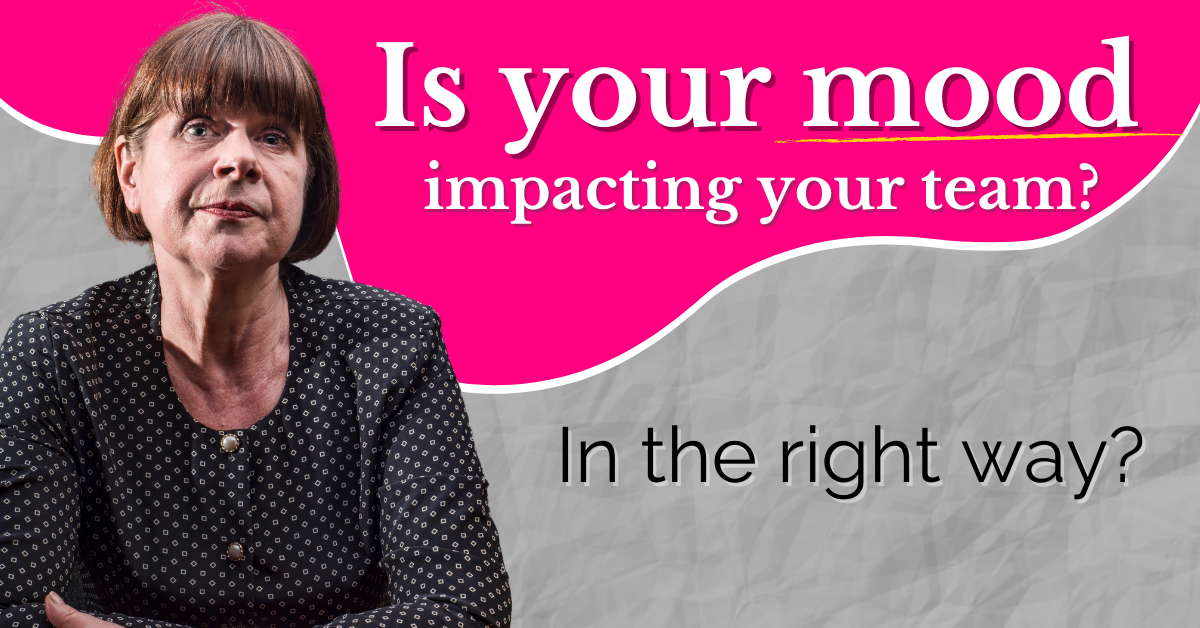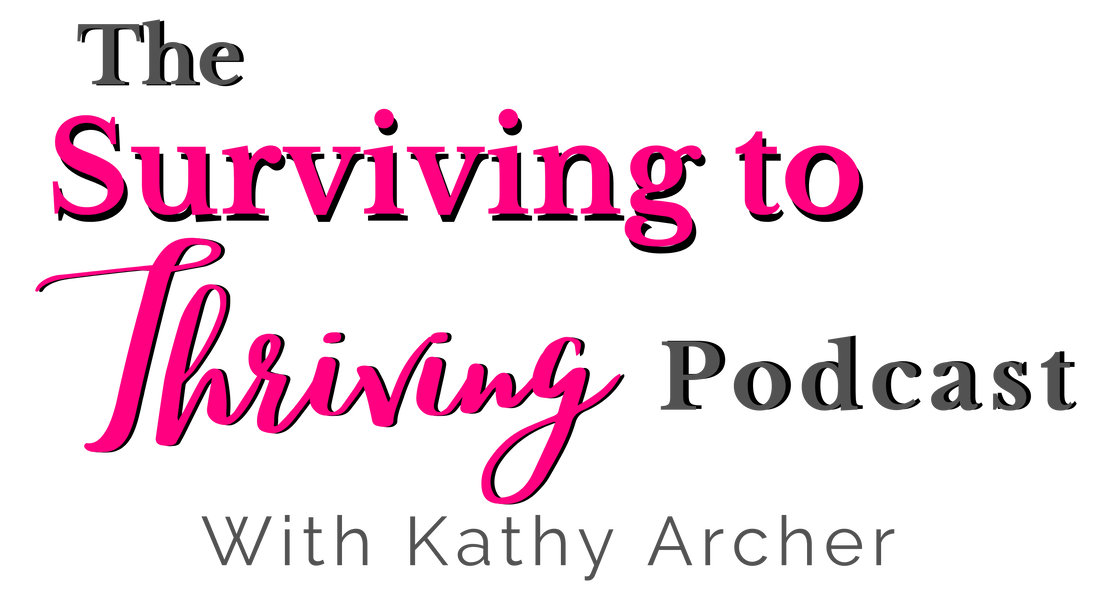|
This week I started a four-week series teaching home visitation supervisors strategies for virtual supervision.
The challenges of virtual supervision We talked about the typical challenges in virtual supervision; distractions, internet capacity, and a lack of tech-savviness. However, one of the biggest challenges identified was the difficulty in connecting to the people they supervise. We can't physically connect to them Without the physical connection and closer proximity to the person, it feels challenging to have strong communication. Yet, that is what we need as leaders. We need to be able to hear them clearly and communicate to them effectively. Here's a strategy I teach I taught them three strategies for virtual supervision. I wanted to share the first one with you today because I think it will be valuable to help you transition from zoom call to zoom call. Strategy # 1 - Connect before you continue There are two components to connect before you continue.
Why you need this strategy As we move from call to call, meeting to meeting and email to email, they tend to blur together. And what happens is thoughts, emotions, and anxiety about things we need to do as a result of that call, email or meeting carry from one meeting to the next. I call this residual leftover! And if you don't consciously let go of that, it will affect your next engagement. Connect before you continue means to connect to yourself more mindfully. We need to be very in-tuned with what's happening It is more challenging to communicate in this virtual world. We have to be more mindful to tune in to nuances. We need to be more present to watch for body language, hear subtleties of voice tones, and pick up on what's happening beneath the words. To do that, you need to let go of what just happened and become present in this moment. You need to connect with yourself before you continue. The tool to use The approach I use for this is to take a few deep breaths. One tool I suggest is box breathing. As you breathe in and out, your finger goes around an imaginary box on your desk.
There are many versions of breath counting. Some like an even square four counts of inhales and exhales. I instead encourage you to have the exhale longer than the inhale. It is the exhale that takes our bodies out of fight-flight-freeze mode, where our sympathetic nervous systems are in overdrive and calms us down, activating our parasympathetic nervous system. Connect before you continue. The outcome: When you connect before you continue into the next meeting, you will find that the virtual conversation will be more effective, and I'm guessing more enjoyable! Do you want training for your organization? If you are interested in team training for your organization, just let me know! I love to connect with groups and grow them so that they can do their mission-driven work with confidence! I'll also share the other two strategies with you. Need more help? Here are some extra resources to help you connect before you continue into that next supervision conversation. From the Surviving to Thriving Podcast
From my YouTube channel 3 tips to rock your virtual leadership conversations From The Training Library If you are a member of The Training Library, here are a couple of webinars you might watch or rewatch! If you want to learn more about The Training Library, you can do that here.
When you do the work to develop yourself, you become more competent, thus confident. And that my dear, is what will move you from surviving to thriving in both your leadership and your life! Let me know in the comments what other challenges you are facing with virtual supervision. You are the one in the trenches. Let me know what it's like so I can support you!
0 Comments
I used to come to the office each morning with a dance in my step and a smile on my face. I often hummed the last song I heard on the radio as I shared a good morning with everyone. My team would, in turn, greet me with their smiles, their energy and, of course, their current challenges!
But let me tell you it was not always like that! I started to fall apart At one point, when the programs expanded quickly and extensively, the stress hit me like a ton of bricks. I was overwhelmed, overworked, and overloaded and falling apart! As that stress built, my mood dipped. I was scrambling to stay on top of things. I was grouchy and fearful I would drop the ball, fall apart or worse, for the world to realize I was not competent in my role. I was tough on my team! As a result, I worked harder. I held my staff to a high standard and came down on them hard for mistakes. I also became more guarded, again, worried someone would see how inept I really was. Gone wear the morning sing songs. As the relationships deteriorated and people started not to like me so much anymore, I resented them. I'd blame them for not helping out, doing their part or causing more trouble. From thriving, I went to barely surviving. Our team culture deteriorated At the same time, the culture of our team deteriorated rapidly. From a group that enjoyed working together, were loyal and committed, we became a team that gossiped, backstabbed and where everybody fended for themselves. A leaders mood affects the team's mood See, here's the thing, when the leader is in survival mode, it affects everyone on the team. Survival mode isn't something you are experiencing alone. It affects everyone on your team, and sadly, in your life! It started with meI was able to take my team culture from toxic back to thriving only when I found my way out of survival mode. It started with me! I had to start building my confidence back I increased my competence in certain areas, built my confidence up and learned to focus on what was truly important in my personal life and at work. Most importantly for my team, I had to work to repair relationships. Relationships are the foundation of team culture Relationships are the foundation of team culture. But if you're stuck in survival mode, the last thing you want to do is talk to people. What you are likely doing is keeping your head down and work on your to-do list, responding to email and attending meetings....without any break, pause or moment to catch your breath. The impacts on your team Far too often, we think no one notices, can't tell how bad it is or isn't affected that much....um..you might be wrong there! In this week's podcast, I talk about five impacts on your team when you're stuck in survival mode. On the next podcast, you'll hear about how to turn that around. Start by seeing where you land To see where you land on The Surviving to Thriving Continuum, grab the download here. Then listen to the podcast and make notes of where this shows up for you and perhaps on your team. If you want to start getting out of survival mode, begin by taking care of yourself. It's the adage about putting on your oxygen mask first. Ready to get out of survival mode? If you are ready to ditch survival mode, you'll need to start by doing the inner work:
You can listen to the first few chapters of Mastering Confidence here. Need more help? If you realize you aren't where you want to be on The Surviving to Thriving Continuum, start taking care of yourself physically, emotionally, mentally and spiritually. Wellness during your workday is foundational for you to survive in both leadership and life. And remember, thriving is foundational for you to develop relationships with your team members, which creates a thriving culture! Do the inner work! It's where you need to start to return to thriving in both your leadership and your life! Do you ever wonder, is this employee relationship salvageable? Good employee... to problem employee There comes a time in our career and leadership where one of our employees starts to take a dip. They may have started as a star employee, but something goes wrong.
At this point, you may wonder if it's just time to cut ties and let them loose. You've tried things like having conversations with the employee, reminding, nagging them, maybe even corrective discipline. And you'd just like to see them gone! What's going on here? The truth is we all have times in our careers where we ebb and flow between loving our work and not wanting to be there.
Is it too late? It's probably not too late. In most cases, it's never too late. But you have to be willing to do some work. And it's not going to be all easy work. It starts with you! One of the biggest things you have to do to turn an employee relationship and engagement around is taking a good, hard look at yourself. Yes, you, not them.
Work through The Inner Guidance Cycle Recognizing where you get triggered is the first step to turn in that relationship around. You realize you've been triggered often when you take time to pause and then ponder. I teach you how to do that inner work in Mastering Confidence. The thing is, they've probably done some things to hurt team members, jeopardize programming, impact clients, or annoy the crap out of you! That triggers you, hence the judgments you have about them. Do the inner work to maintain your composure. If you're going to build that relationship back and create an engaged employee relationship again, it starts with you managing your emotions. Yes, emotional intelligence. It will do you no good to go into that conversation faking compassion and caring when you feel contempt. Look at the employee with a new lens. Next, start to look at their strengths, gifts and talents, particularly what you were most impressed, inspired and interested about when they started.
Then have a conversation with them. Do not include this conversation in any correct of action conversation. Simply a conversation to invite a rekindling of what they loved and probably still do about the work. IMPORTANT: Set the agenda ahead of time so they know exactly what the purpose of the conversation is.
Here's your script: Remind them: This conversation is about you and what you love about the work you do. Let's just stick to that for this conversation. We can talk about those things at another time, and if you'd like, we can schedule that in right now, but for our time today, I just want to talk about you.
Can you feel the difference? Can you imagine if someone had done that for you? Maybe someone did. Perhaps that is why you are in the position you are in now because someone cared enough about you to overlook the flaws, to see the good underneath and shine a light on it. If you want to turn your employee around, try that kind of conversation. To do this, do the inner work necessary! Here's the thing, though, those kinds of impactful, positively emotionally charged, and transformative conversations come when you've done the inner work. When you learn to:
Do the inner work. It's worth it! EXTRA RESOURCES To hear more about reducing nonprofit turnover, listen to To develop your confidence:Do the inner work. When you do, you will rediscover that you do enjoy impactful leadership! |

Available on Amazon
Archives
March 2024
|
|
Leadership TRAINING for Nonprofit Leaders
Become a confident and competent nonprofit Leader: Join The Training Library membership Executive and Leadership COACHING Leadership Coaching for Nonprofit Executives, Leaders and ManagerCoaching |
PODCAST for Nonprofit Leaders
The Surviving to Thriving podcast: Strategies, systems and support to lead your nonprofit with confidence FREE RESOURCES to Grow your Leadership Skills Free Leadership Training Resources, Worksheets and Templates |
Become a CONFIDENT LEADER
|






 RSS Feed
RSS Feed
